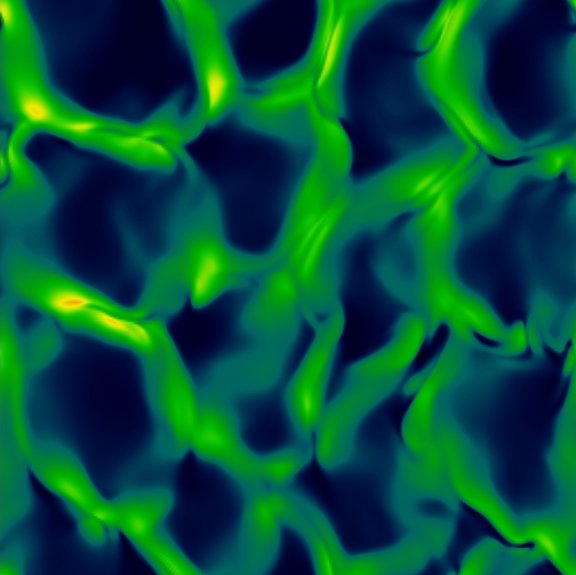Particle Acceleration, Cosmic Rays and Energetic Particle Transport

Ground and space based instruments continuously monitor the high-energy non-thermal sky. The emission processes producing this radiation originates from energetic particles interacting with their local photon, magnetic or density fields, and traces of the Universe's most effective particle accelerators. In addition to providing powerful laboratories to study physics under extreme conditions, an understanding of such accelerators is vital in our quest to explain cosmic-ray origins, perhaps the longest standing unsolved mystery in high-energy astrophysics.
Non-thermal particle populations are generally identified by their power-law spectra, often covering a significant energy range. The cosmic-ray spectrum is undoubtedly the most remarkable example of this, displaying an almost featureless spectrum extending from below GeV energies (~ the rest mass of a proton) to beyond 100 EeV (~0.1 trillion times the proton rest mass). Unlike their thermal counterparts where most of the energy is concentrated in the particles with energies close to some average thermal value, non-thermal distributions permit this energy to be distributed, with a significant, if not dominant fraction, sitting at the highest end. How nature succeeds in converting such a large fraction of its available energy budget into such a minute fraction of the total particle population is a fascinating area of research.
Examples of strong non-thermal emitters include supernovae, pulsars and their winds, black holes, active-galactic-nuclei and their associated jets, gamma-ray bursts, colliding stellar winds, etc., all of which can be associated strong outflows/energy release. Due to the high temperatures and low densities in most astrophysical environments, dissipation of energy released is mediated by collisionless processes, as opposed to binary particle collisions typical in terrestrial experiments. Non-thermal behaviour is common in such collisionless systems, where collective electromagnetic-plasma processes are key. This provides a rich field for exploration.
The group is active in several areas of theoretical particle acceleration research, using a broad range of analytical and numerical methods.
Enquiries for PhD projects or Fellowship Applications on these topics are always welcome.